Welcome to mountain biking for beginners. It’s a world where you can enjoy nature and get fit. You’ll have fun with friends, whether you’re on scenic trails or in tough spots.
Mountain biking offers excitement for everyone.
The sport got big in the 1980s in California. It has styles like cross-country, enduro, and downhill. Starting might seem tough, but you’ll be ready to ride with some know-how.
This mountain biking guide gives you beginner mountain biking tips. We’ll cover choosing your bike, understanding trails, and getting ready for the ride. Each step helps you explore the great landscapes ahead!
Understanding Mountain Biking
Mountain biking is an outdoor sport that’s all about riding a bike on different terrains. It requires skill to manage uneven and tough surfaces. This sport includes several styles and techniques, important for all, from newbies to pros.
What is Mountain Biking?
Mountain biking stands out for its variety. It has styles like cross-country, which involves both climbing and descending. There’s also trail and enduro, mixing downhill features, jumps, and technical bits. Downhill biking happens in bike parks, where riders face steep slopes at high speeds. There are many trail types, from narrower singletrack for one rider to bike park trails for daring tricks.
History of Mountain Biking
The history of mountain biking began in the early 1980s in California. Back then, riders tweaked their bikes to go down steep paths. The sport has grown a lot since. It now includes specially made trails and bikes that perform better. Plus, electric mountain bikes bring fun to tough routes.
| Mountain Biking Style | Description |
|---|---|
| Cross Country | Emphasizes climbing and aerobic strength, suitable for varied terrains. |
| Trail and Enduro | Focuses on downhill features with jumps and technical challenges. |
| Downhill | High-speed rides on steep terrains, often found in bike parks. |
Getting to know these aspects makes riding more meaningful and digs into the sport’s culture. For tips on starting your mountain biking journey, check out this beginner’s guide.
How to Start Mountain Biking
Starting your mountain biking journey means thinking about the best riding style for you. It’s key to know about the different styles as they shape how much fun you have. Each style suits different people, so picking the right one is crucial for starters.
Choosing the Right Style
It’s essential to match your fitness and what you like with the right mountain biking style. Here are the main styles:
- Cross-Country: Great for beginners. It offers easier paths and beautiful scenes. It helps you build your endurance at your own pace.
- Trail: This style mixes easier routes with some challenges. It’s good for those wanting to try out different terrains confidently.
- All Mountain: Perfect for those who like climbing and descending. It offers a mix of trail types.
- Enduro: It requires better skills, mixing easy routes with tough descents. It’s for those looking to challenge themselves.
- Freeride/Downhill: This is for daring rides down steep paths. You need special gear and good skills. It’s thrilling and technical.
Types of Mountain Biking
Knowing the types of mountain biking helps you choose your path in the sport. Below is a comparison:
| Type | Level of Difficulty | Equipment Needed |
|---|---|---|
| Cross-Country | Beginner to Intermediate | Lightweight bike, helmet, backpack (20L) |
| Trail | Beginner to Intermediate | Mid-range bike, protective gear |
| All Mountain | Intermediate | Robust bike, knee and elbow protectors |
| Enduro | Intermediate to Advanced | High-performance bike, advanced protective gear |
| Freeride/Downhill | Advanced | Heavy-duty bike, full protective gear |
Beginners should start with cross-country biking. It’s a good way to get confident and learn important skills. Over time, you can try more challenging types. Remember, enjoy the ride and focus on improving. This will make your mountain biking journey rewarding.
Essential Gear for Beginners
Starting a mountain biking journey means getting the right gear for safety and fun. Picking the correct equipment is crucial for anyone with their first mountain bike. Here are important things to consider for your biking gear.
Choosing Your First Mountain Bike
Your first bike is key to your adventure. You can choose from full-suspension or hardtail bikes. Full-suspension bikes smooth out bumps on rough paths, offering comfort. Hardtails, which only have front suspension, are lighter and cheaper, great for starters. For quality and value, look at the Trek Marlin and Specialized Rockhopper series.
Getting the right fit for your bike is essential. It ensures comfort and lowers injury risks. The bike’s frame size and seat height must be right for your body. Get help from experts at bike shops to choose well.
Other Essential Equipment
Other key biking items include safety and comfort gear. A good helmet is vital. Spending £80-£150 on a helmet dramatically lowers head injury risk by half. MIPS-equipped helmets offer extra safety. For lightness, choose an XC helmet. Trail helmets, with visors, give more cover. Use full-face helmets for downhill rides.
You’ll also need gloves and a hydration pack. Full-finger gloves protect your hands and improve grip. Hydration packs, like the Dakine Hot Laps 5L, keep you watered on long trips. Have a repair kit with an inner tube, tire levers, and a pump for flats.
Don’t forget a multitool for quick fixes, durable biking shoes, and tubeless tires to avoid punctures. Five Ten makes great sticky rubber shoes for grip. Also, keep your bike chain clean and lubed to keep it working well.
Selecting the Right Trails
Choosing bike trails that match your skill level is essential for a positive mountain biking experience. Understanding the trail grading system will help you select suitable routes and boost your confidence. Trails are colour-coded to indicate their difficulty. Green trails are considered easy, making them ideal for novice riders. Blue trails offer moderate challenges but require some prior experience. Red trails cater to advanced riders and feature more technical sections. To enhance your skills and enjoyment, start with green or blue trails before progressing to red.
Understanding Trail Grading
The trail grading system is crucial for anyone beginning their mountain biking journey. Familiarity with this system aids in choosing bike trails that fit your ability. Below is a breakdown of the grading system:
| Trail Colour | Difficulty Level | Description |
|---|---|---|
| Green | Beginner | Flat trails with minimal elevation changes, suitable for learning and gaining confidence. |
| Blue | Intermediate | Moderately challenging trails that require basic riding techniques and some experience. |
| Red | Advanced | Technical trails with steep climbs, descents, and various obstacles requiring advanced skills. |
| Black | Expert | Highly technical and challenging trails, not recommended for beginners. |
Researching local mountain biking trails is vital for discovering suitable routes. Websites like Singletracks provide comprehensive details on various trails, such as descriptions, elevation profiles, and GPS tracks. Consider downloading trail apps like TrailForks or MTB Project, which help in locating beginner-friendly options. Asking local riders for trail recommendations can also prove beneficial.
Prioritise safety by bringing along protective gear like helmets and knee guards. A basic repair kit with essential tools and pumps ensures you are prepared for minor mechanical issues during your ride. Respecting nature by staying on designated trails and following guidelines not only enhances your experience but also contributes to the sustainability of mountain biking trails.
Preparing for Your First Ride
Getting ready for your first mountain bike adventure is exciting. It’s important to know some basic skills like balance and braking. About 70% of your stopping power comes from the front brake. So, learn to use both brakes together for better control and confidence on different paths.
Basic Mountain Biking Skills
On your first ride, you’ll face challenges like going up and down hills. Use low gear for steep climbs to make pedalling easier. Starting with flat platform pedals is better for keeping your balance. Jason Moeschler, a pro rider, says that the right bike fit is key to avoiding trouble with control.
What to Expect on the Trails
Riding a 5KM or 10KM loop could take longer than expected because of various difficulty levels. It’s important to ride within your abilities and have fun. Success is about the smiles, not just finishing. Wear comfortable gear like gloves, socks, and a helmet to make your experience better. For tips on getting mentally prepared, have a look at these performance-enhancing guidelines.
FAQ
What is mountain biking?
Mountain biking takes you outdoors, riding bikes over different grounds. It’s fun and lets you see nature up close. You also get to hang out with friends and keep fit.
How did mountain biking begin?
It started in the 1980s in California. People there changed their bikes to handle tough roads. Now, bikes and trails are way better thanks to technology.
What are the different styles of mountain biking?
There’s cross-country, enduro, and downhill mountain biking. Cross-country is easier, great for starters, with beautiful views. Enduro and downhill are for the brave, with steep paths needing tough bikes.
What should I consider when choosing my first mountain bike?
Think about where you’ll ride, your budget, and if the bike fits you. Beginners often choose between full-suspension and hardtail bikes. Both are good but check which you prefer.
What gear do I need for mountain biking?
Start with a good bike, helmet, gloves, and something to drink. Safety comes first. Make sure what you wear protects you well on your rides.
How do I choose suitable trails for beginners?
Learn about trail grades. Green is easy, blue is a bit harder, and red is tough. Start with green and blue to gain confidence. Then, if you’re feeling brave, try red.
What basic skills do I need for my first ride?
Learn to balance, brake, and move around obstacles. These skills help with going up, down, and across paths safely. Practice makes perfect and keeps you safe.
What can I expect during my first mountain biking experience?
You’ll see all sorts of paths and challenges. Take it slow and stay within your comfort zone. It’s okay to find it tough at first. Every ride makes you better and more confident.
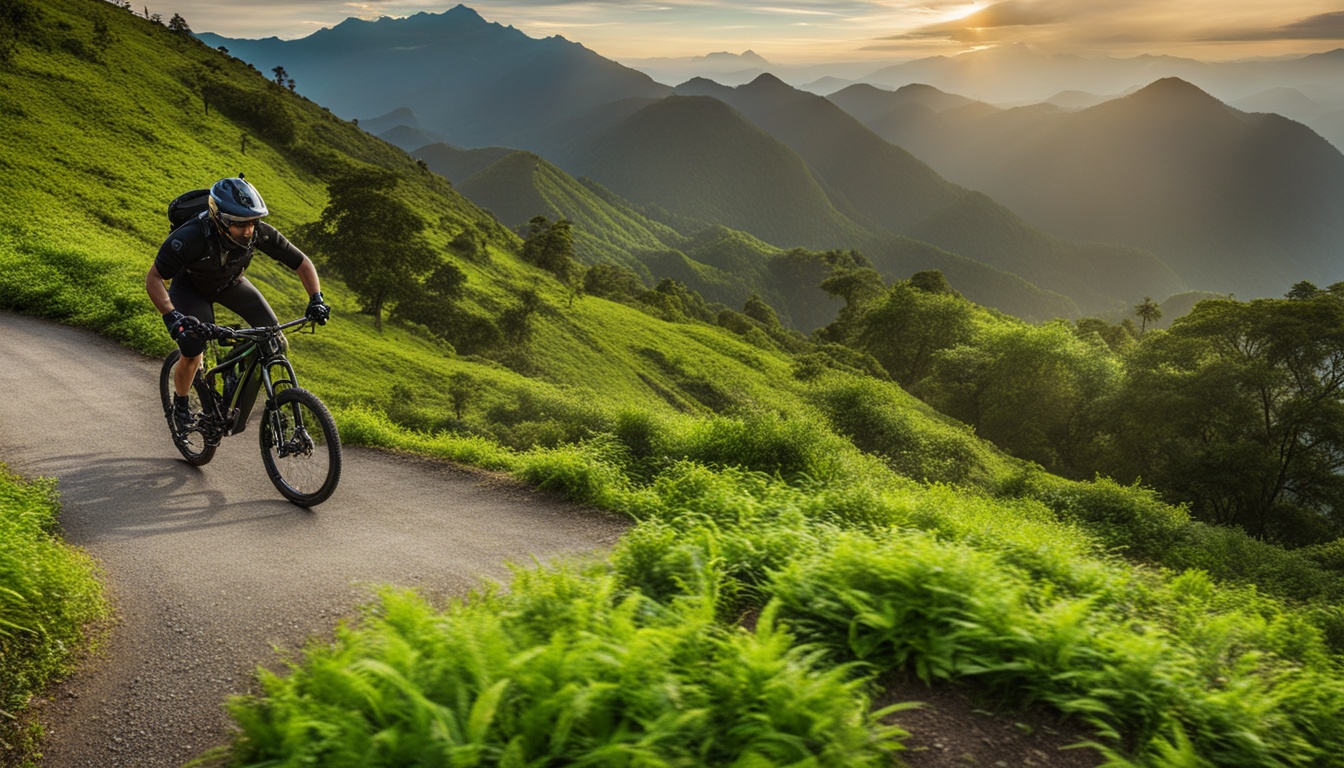
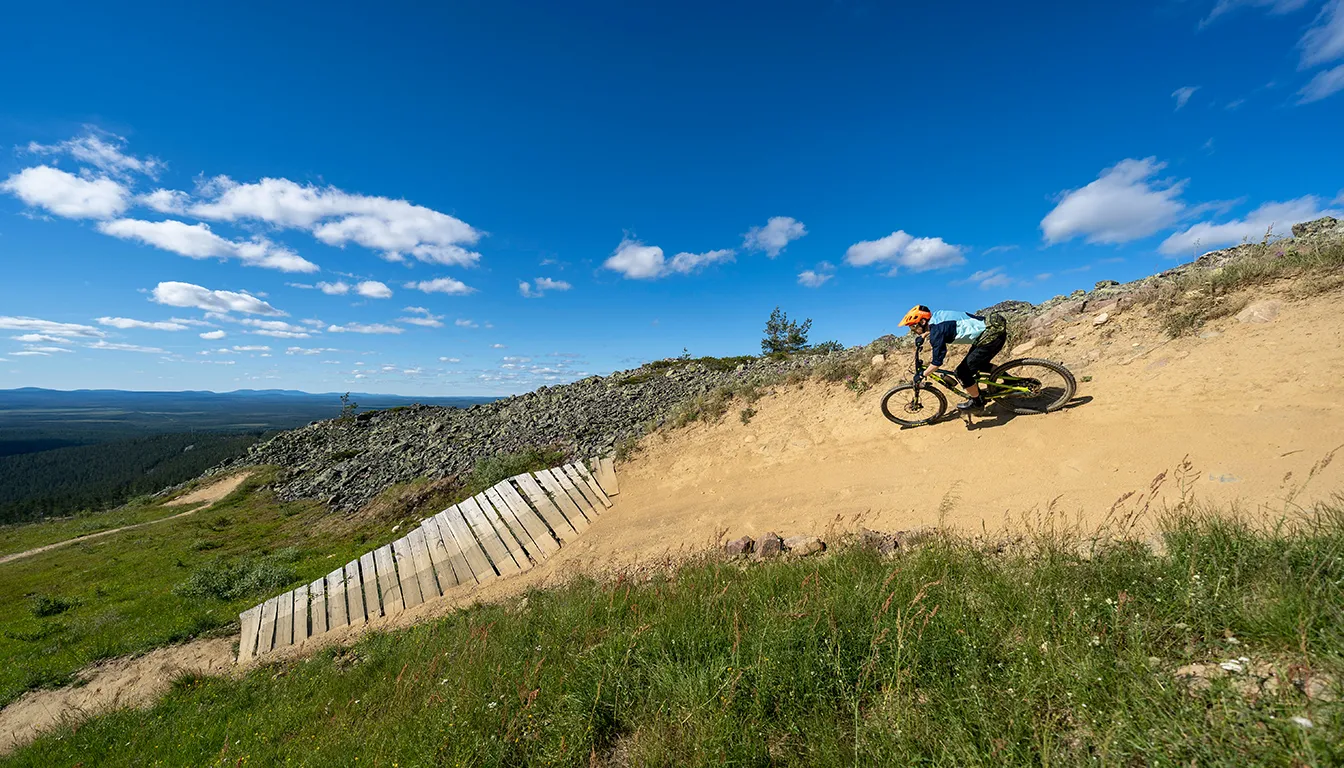

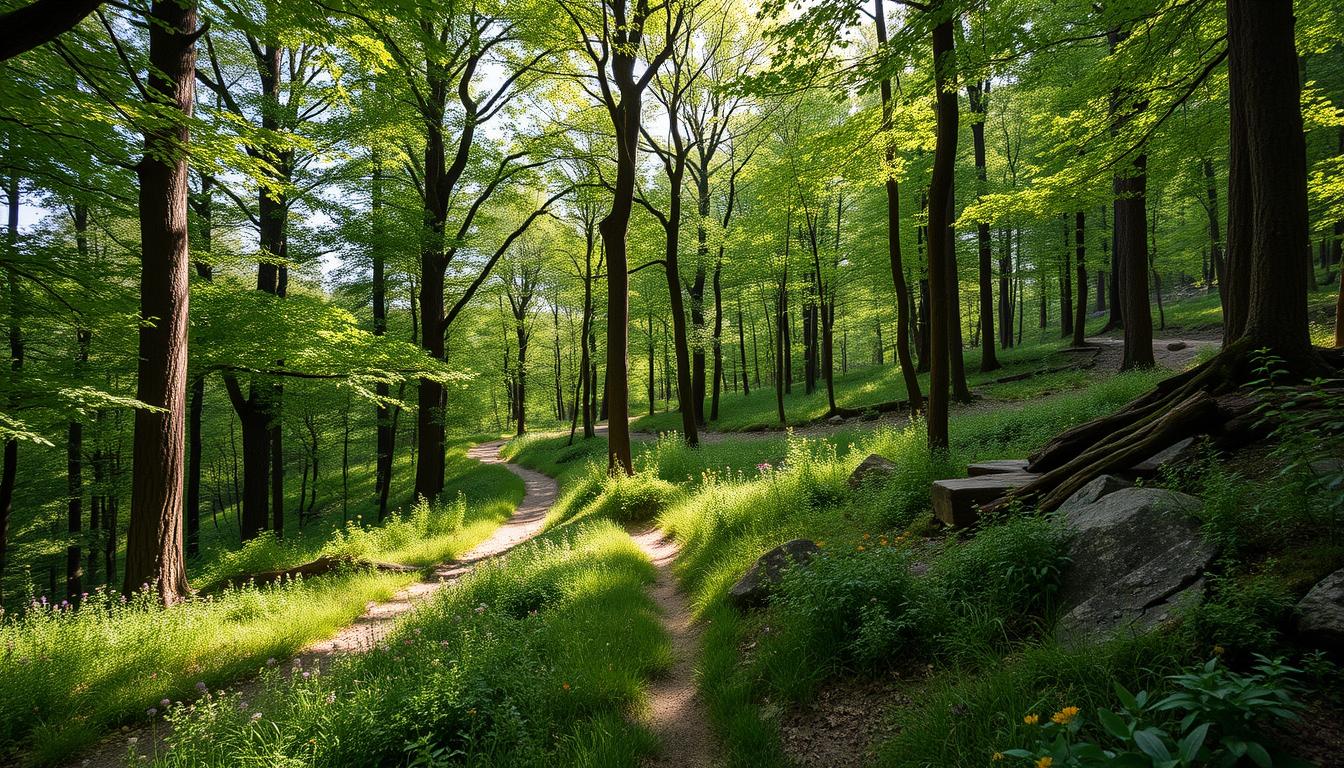
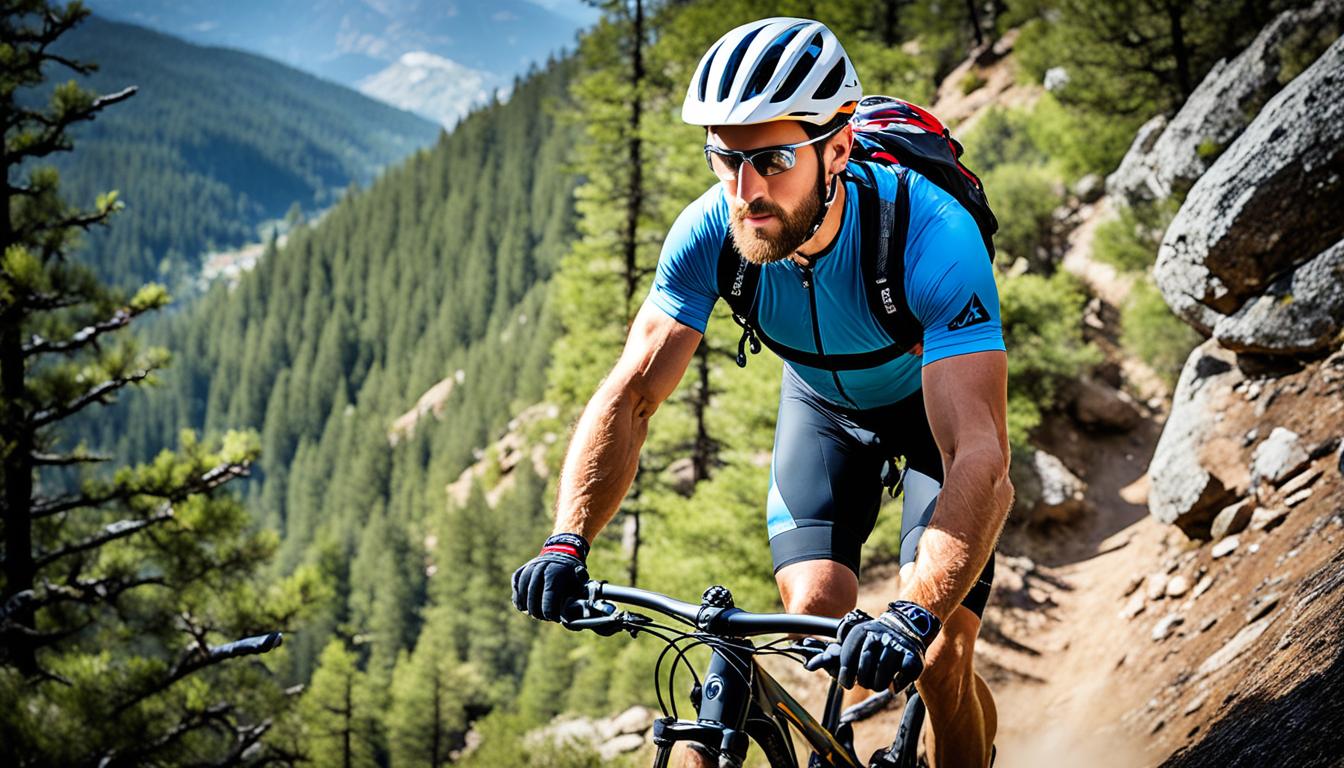
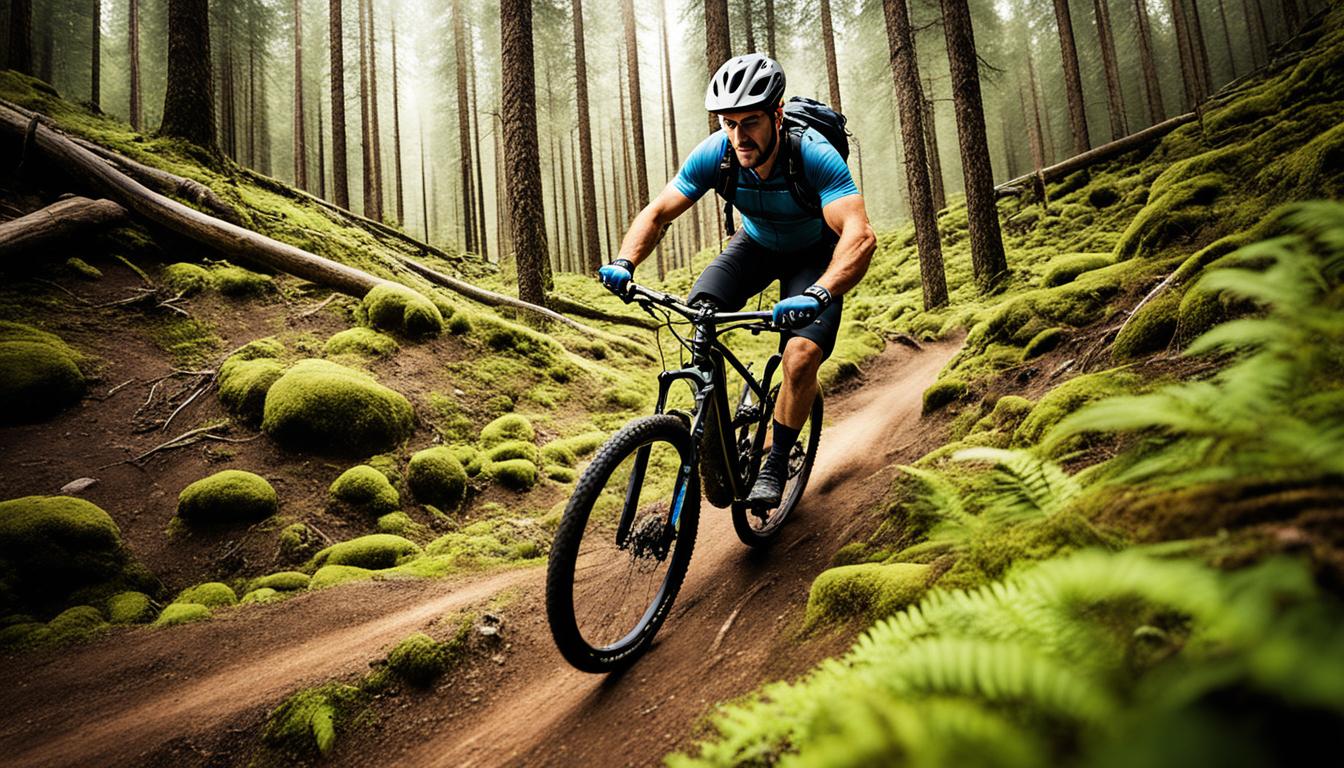
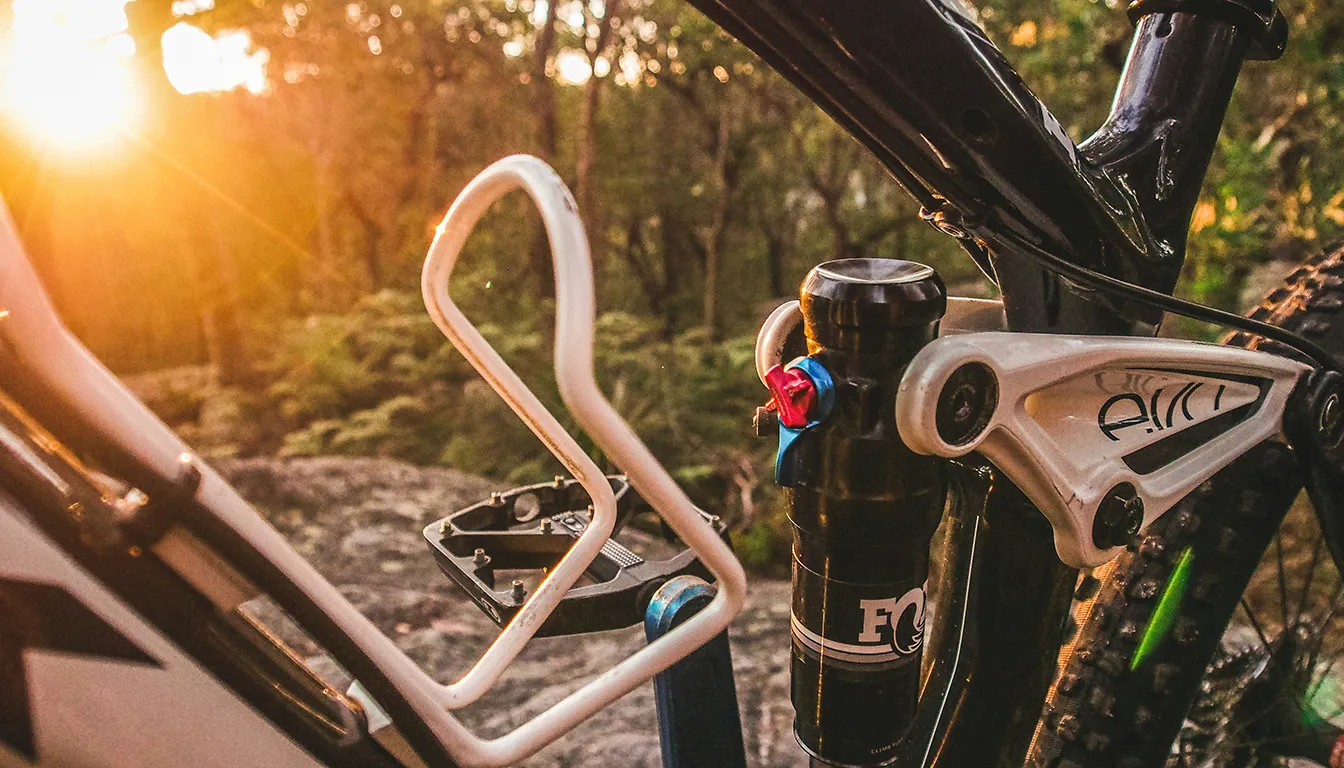
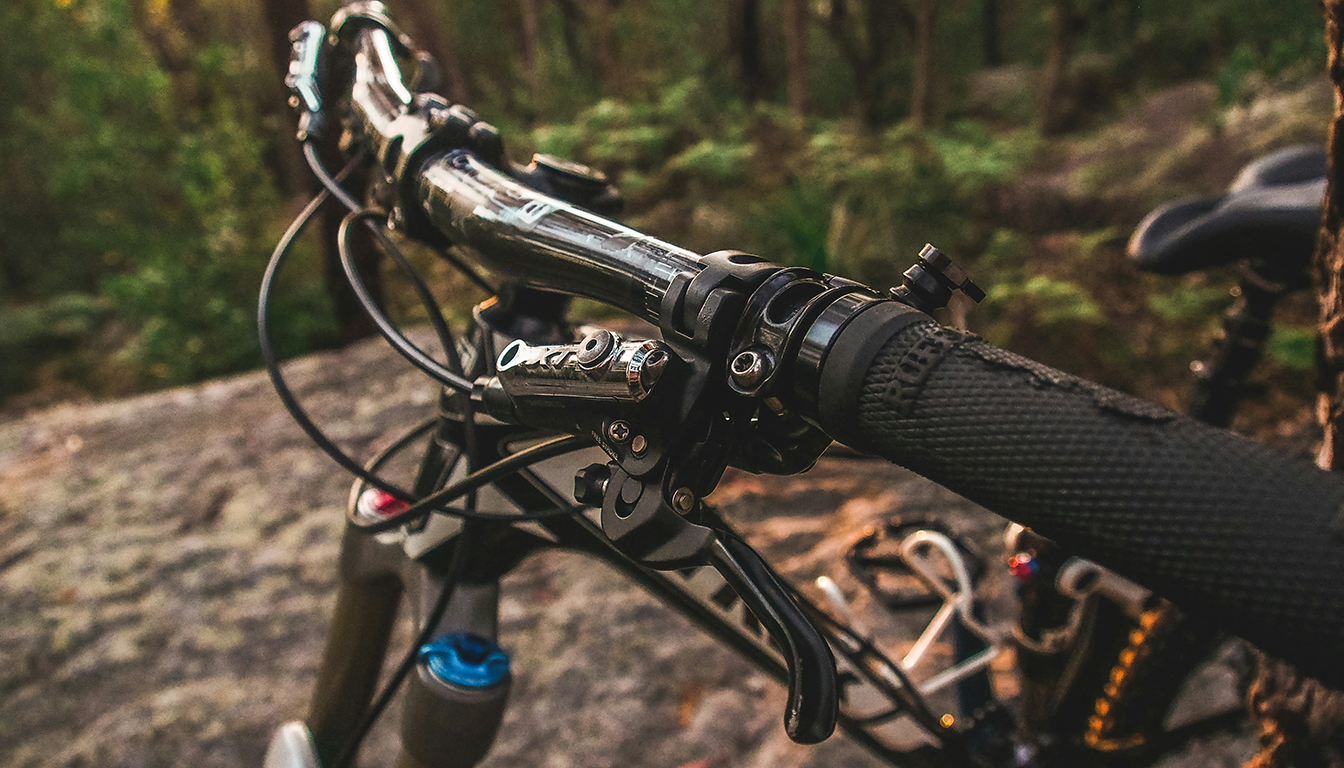

One thought on “How to Start Mountain Biking: A Beginner’s Guide”